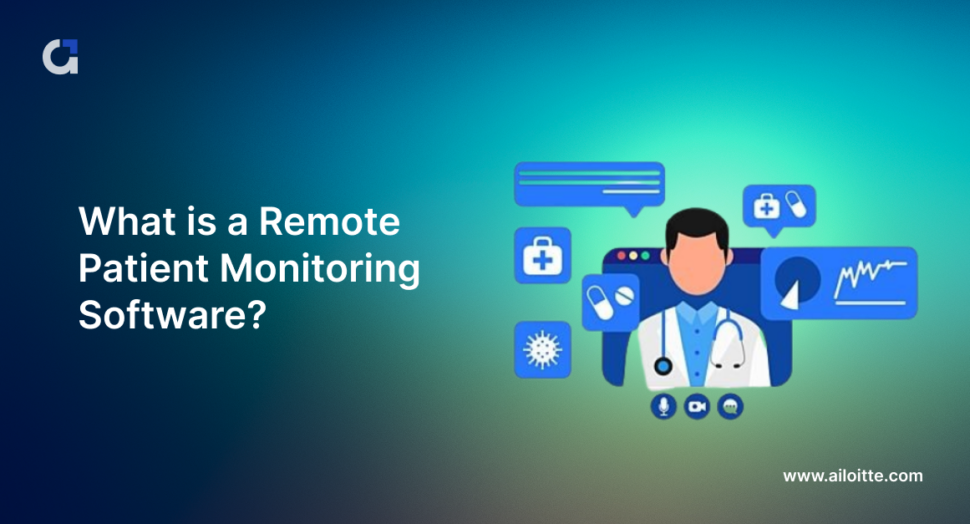Cutting-Edge RPM Software: Improve Patient End Results with Technology
Cutting-Edge RPM Software: Improve Patient End Results with Technology
Blog Article
The Future of Health Care: Remote Person Keeping Track Of Simplified
As medical care continues to develop, one location that holds tremendous promise is remote client surveillance. The principle of simplifying this process with technical advancements is reshaping the way treatment is delivered and received. With a concentrate on enhancing individual end results and streamlining healthcare shipment, remote tracking is positioned to transform the market. By checking out the advantages, technical advancements, and future patterns in this area, we can get beneficial understandings right into the transformative possibility of remote individual surveillance.
Advantages of Remote Patient Surveillance
Remote client surveillance provides a multitude of advantages for both healthcare suppliers and individuals alike. Additionally, remote client surveillance boosts the overall high quality of treatment by supplying a more extensive and all natural sight of people' health status beyond typical in-person gos to.
Additionally, remote person monitoring can result in enhanced individual end results and complete satisfaction. Individuals can appreciate the convenience of receiving care in the comfort of their own homes while still understanding that their wellness is being very closely monitored. This can result in increased client interaction and adherence to therapy strategies, inevitably bring about far better wellness outcomes. Furthermore, remote monitoring can reduce the need for frequent medical facility check outs, reducing health care expenses for both carriers and people. On the whole, the benefits of remote individual tracking are clear, making it a useful tool in modern healthcare distribution.
Innovation Driving Remote Monitoring
In the world of modern medical care, technological advancements play a crucial role in driving the advancement and efficiency of remote patient tracking. The integration of ingenious technologies such as wearable gadgets, mobile applications, and cloud-based platforms has actually revolutionized the method doctor remotely keep an eye on and manage client wellness - software for remote patient monitoring. These modern technologies enable constant real-time surveillance of important indications, drug adherence, and other vital health data, enabling for prompt treatments and personalized care strategies
One trick technology driving remote tracking is the Net of Points (IoT), which allows seamless connection in between clinical devices and health care systems. IoT gadgets such as smartwatches and cordless sensing units collect and transfer person data to centralized platforms, helping with remote tracking from throughout the world. Synthetic intelligence (AI) and artificial intelligence formulas even more improve remote tracking by evaluating substantial quantities of client information to discover patterns, forecast health fads, and sharp doctor to possible issues.
Effect On Healthcare Delivery
With the assimilation of innovative modern technologies driving remote individual tracking, the effect on health care delivery is becoming significantly extensive and transformative. Remote client surveillance enables medical care service providers to use even more tailored and proactive like clients, resulting in boosted health results and reduced health center admissions. By remotely tracking essential signs, signs and symptoms, and medicine adherence, health care specialists can step in early, preventing issues and improving the total quality of treatment.
Additionally, remote surveillance improves accessibility to healthcare solutions, specifically for people in country or underserved locations. Clients can obtain constant monitoring and assistance from their homes, eliminating the requirement for constant in-person sees. This not only conserves time and reduces expenses for both patients and health care centers but likewise minimizes the danger of direct exposure to infectious conditions, an essential factor to consider in the current health care landscape.
In addition, remote patient tracking makes it possible for healthcare suppliers to better assign sources and prioritize care based on real-time information. By recognizing high-risk clients and interfering promptly, healthcare shipment comes to be more effective and efficient, inevitably resulting in an extra Recommended Site lasting and patient-centered healthcare system.
Improving Individual End Results

Furthermore, RPM enables for aggressive administration of chronic problems, lowering the likelihood of acute exacerbations and health center readmissions. Patients gain from enhanced benefit and convenience, as they can obtain treatment in their very own homes while remaining connected to their health care companies. This continuous surveillance not only improves client fulfillment but also fosters a feeling of empowerment and involvement in their very own wellness administration.
Future Trends in Remote Tracking
Welcoming advanced innovations in remote client tracking is shaping the future landscape of health care shipment. One significant pattern is the enhanced usage of wearable devices and sensors to collect real-time information, making it possible for healthcare carriers to monitor individuals constantly without the requirement for constant in-person check outs.

Moreover, telehealth platforms are becoming a lot more innovative, enabling digital assessments, remote medical diagnosis, and remote person go to the website keeping track of all in one integrated system (rpm software). This alternative approach to remote monitoring is enhancing healthcare distribution, enhancing patient satisfaction, and explanation ultimately, improving overall quality of care
Conclusion
Finally, remote individual tracking offers numerous advantages in health care distribution, driven by advancements in modern technology. It has the potential to improve individual outcomes and change the way medical care is provided. Future fads in remote surveillance will certainly proceed to shape the landscape of health care, providing chances for more efficient and individualized patient care.
Remote person surveillance offers a wide variety of benefits for both healthcare service providers and people alike. In addition, remote individual tracking enhances the total high quality of care by giving an extra extensive and holistic view of individuals' health and wellness status past traditional in-person visits.
In addition, remote client surveillance can lead to enhanced patient results and complete satisfaction. Remote patient tracking enables health care service providers to supply more customized and aggressive care to clients, leading to boosted health results and reduced healthcare facility admissions. Remote patient tracking (RPM) plays a substantial role in enhancing person outcomes by supplying continual, real-time data that allows healthcare suppliers to intervene quickly and change therapy plans as needed.
Report this page